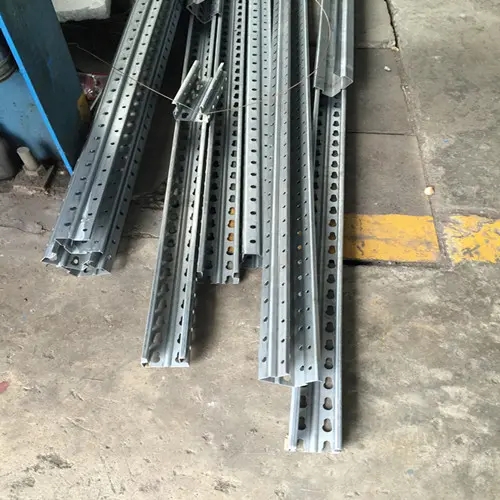
The Importance of Strut Channel Roll Forming Machines in Modern Manufacturing
In today's fast-paced manufacturing landscape, efficiency and precision are paramount. One of the unsung heroes in this domain is the strut channel roll forming machine. This advanced technology plays a crucial role in producing strut channels, which are widely used in various applications, from supporting electrical conduits to serving as frameworks for HVAC systems. This article will explore the significance of strut channel roll forming machines, their components, the roll forming process, and their advantages in the manufacturing industry.
What is a Strut Channel Roll Forming Machine?
A strut channel roll forming machine is a specialized piece of equipment designed to create strut channels from metal sheets or coils. The machine uses a series of rollers to progressively shape the material into a specific profile through continuous bending and forming processes. The end product typically features a C-shaped or U-shaped cross-section, allowing it to provide superior support and versatility in construction and industrial applications.
Components of a Strut Channel Roll Forming Machine
The fundamental components of a strut channel roll forming machine include
1. Uncoiler This device unwinds the coiled metal strip, ensuring a smooth and consistent feed into the forming process. 2. Feeding Mechanism After the metal is uncoiled, it is fed into the machine at a controlled rate to maintain the desired length and shape of the strut channel.
3. Roller Stations A series of precisely arranged rollers shape the metal as it passes through them. Each roller station performs a specific operation, gradually guiding the material into the final desired profile.
4. Cutting System Located at the end of the roller stations, this system cuts the formed strut channels to the required lengths, ensuring uniformity in the final product.
5. Control Panel Modern machines are equipped with advanced controls that allow for precise adjustments in speed, feed, and cutting lengths. This adaptability is essential for manufacturing strut channels that meet specific project requirements.
The Roll Forming Process

The process begins when the metal coil is fed into the uncoiler. Once released, the coil moves through the machine, where it passes through various roller stations. Each roller gradually bends the metal, taking it closer to the final shape. This continuous bending process reduces waste compared to other manufacturing methods, as it typically involves fewer cutting operations.
Once the desired shape is achieved, the cutting system is activated. It can be synchronized with the forming process to ensure that each strut channel is precisely cut to the required lengths, which is essential for large-scale production. This efficiency leads to a shorter manufacturing time and lower labor costs.
Advantages of Using a Strut Channel Roll Forming Machine
1. Efficiency The roll forming process allows for high production speeds, enabling manufacturers to meet large orders quickly while minimizing downtime.
2. Precision With advanced control systems, strut channel roll forming machines can produce highly accurate components, reducing the need for adjustments on-site.
3. Material Waste Reduction The continuous nature of the roll forming process allows for optimal material usage, leading to lower waste. This is not only eco-friendly but also cost-effective.
4. Versatility These machines can be adjusted to create various strut channel sizes and specifications, making them suitable for a wide range of projects.
5. Consistency Automated processes ensure that each strut channel produced is identical, meeting rigorous quality standards.
Conclusion
In summary, strut channel roll forming machines are integral to modern manufacturing processes. They enhance efficiency, precision, and versatility while minimizing material waste. As industries continue to evolve, the importance of these machines will only grow, solidifying their role in producing essential components for a myriad of applications. Through technological advancements and innovations in roll forming machinery, manufacturers can look forward to a future of increased productivity and improved quality in strut channel production.